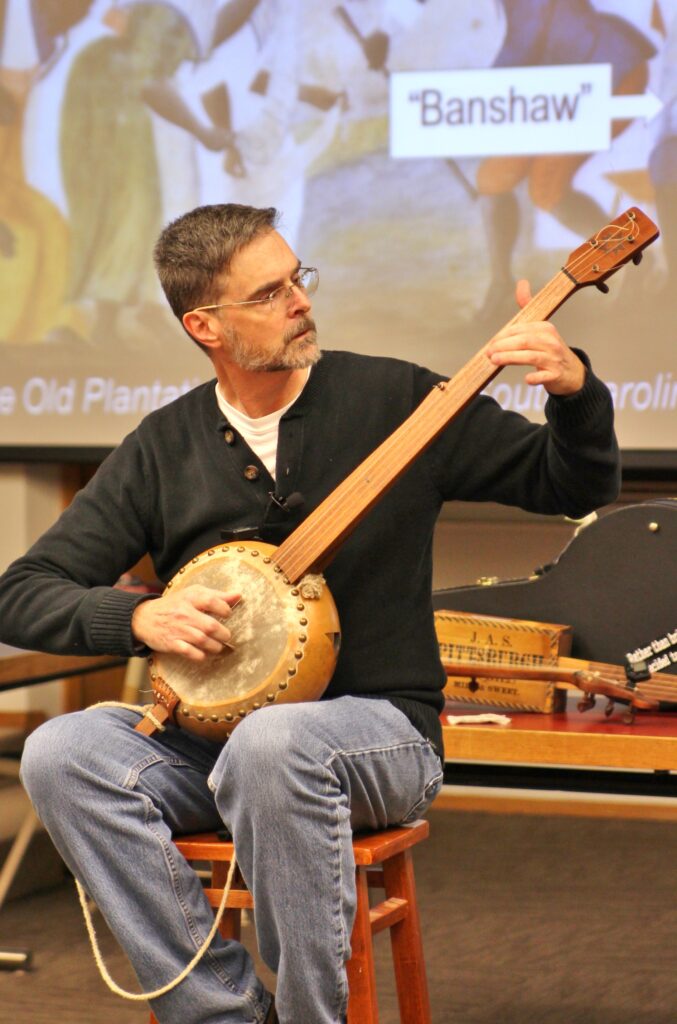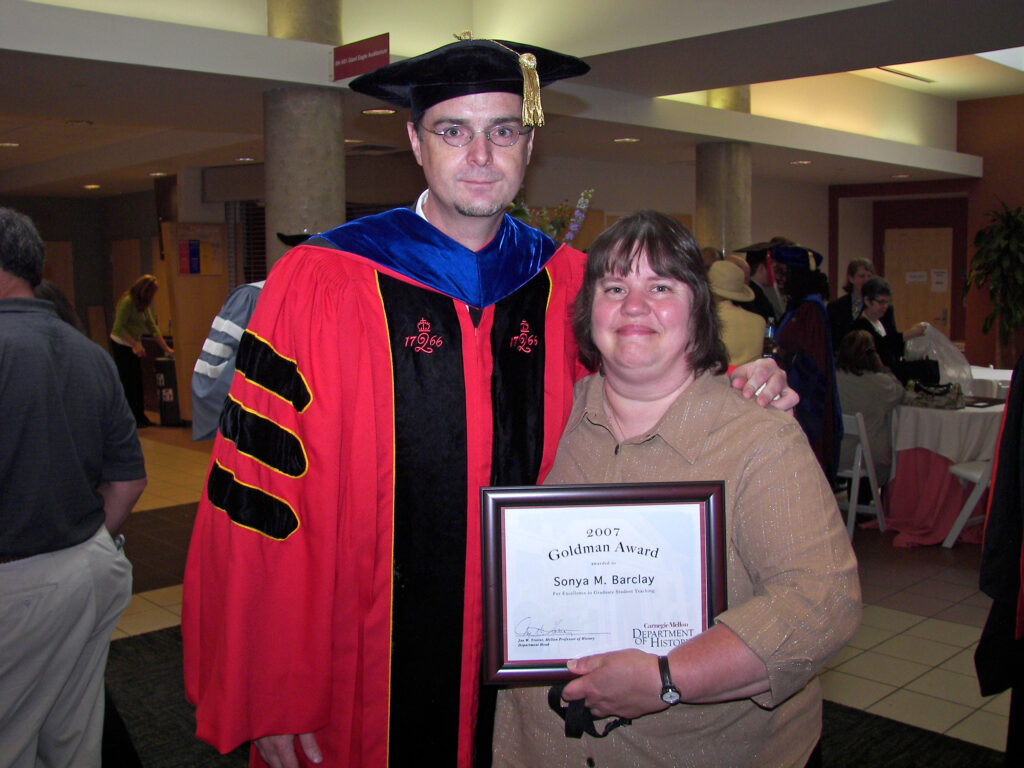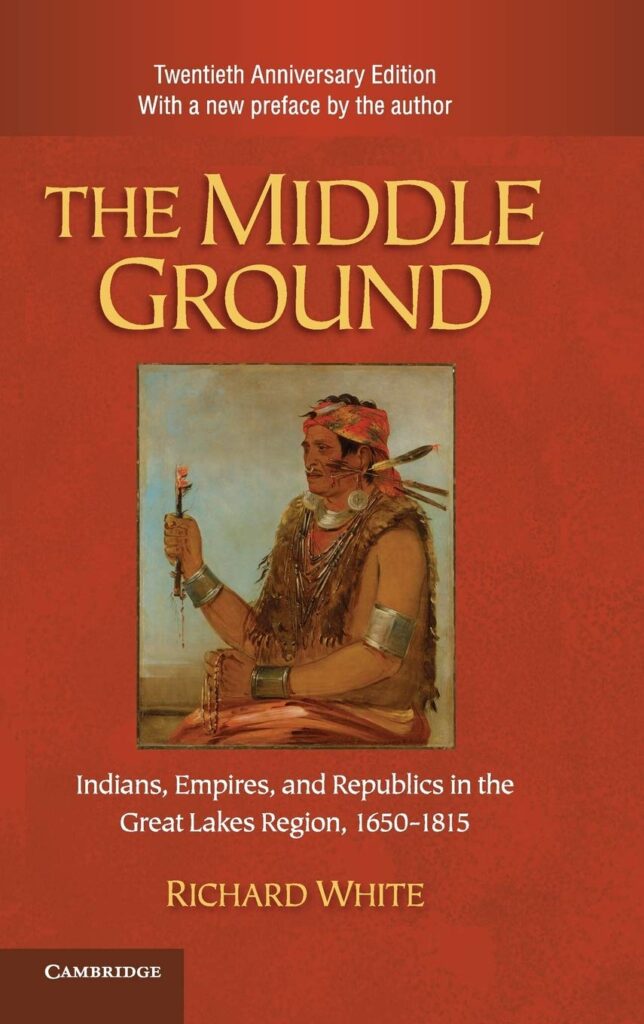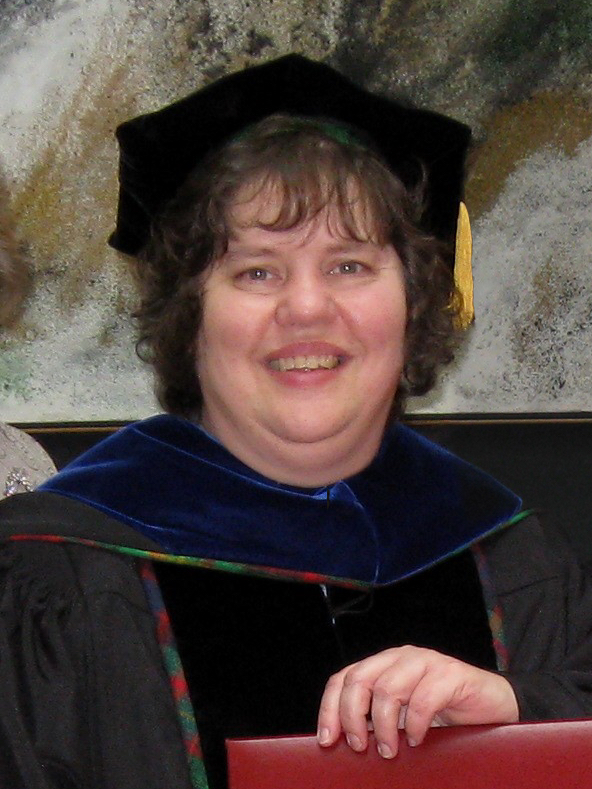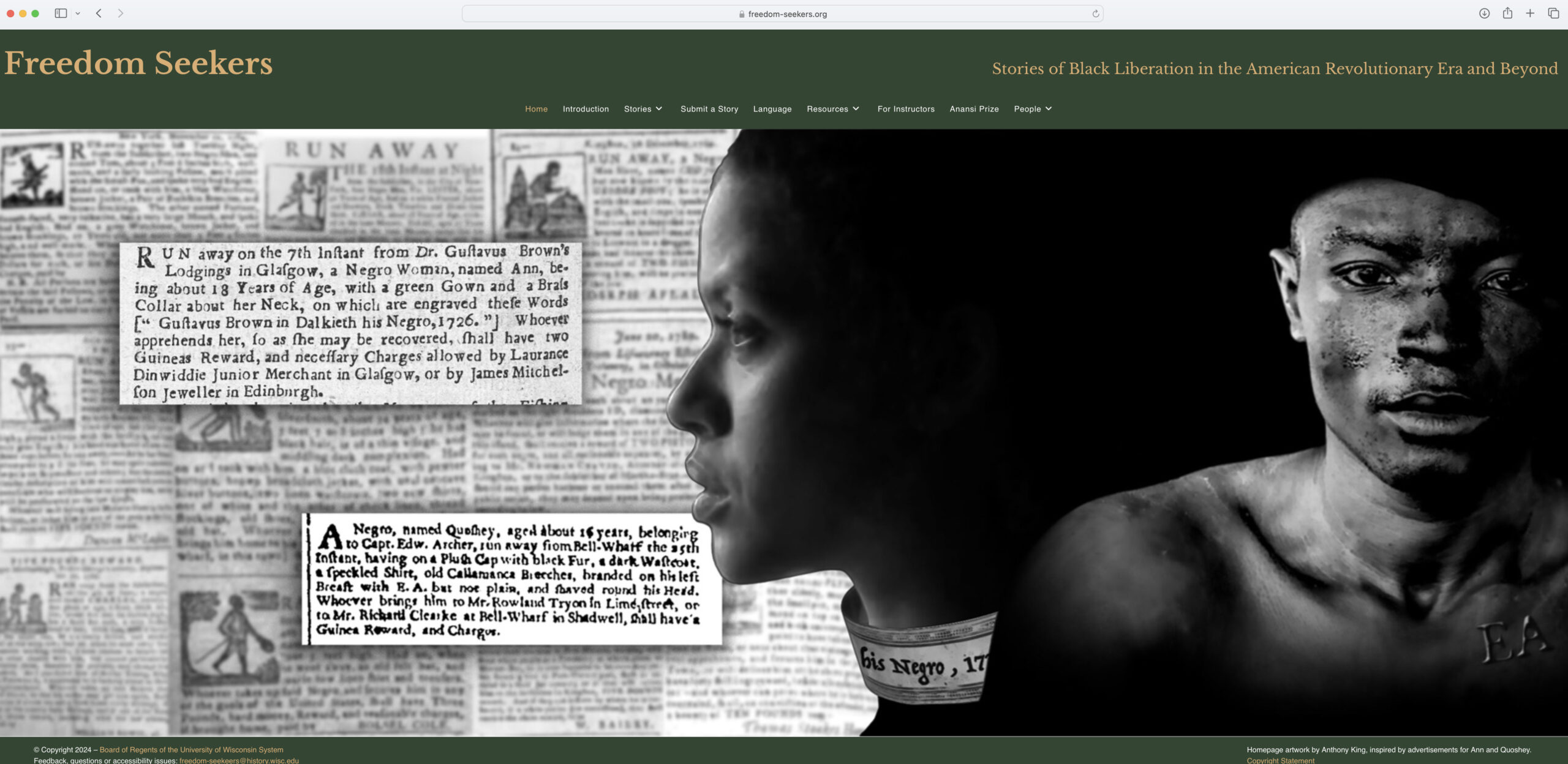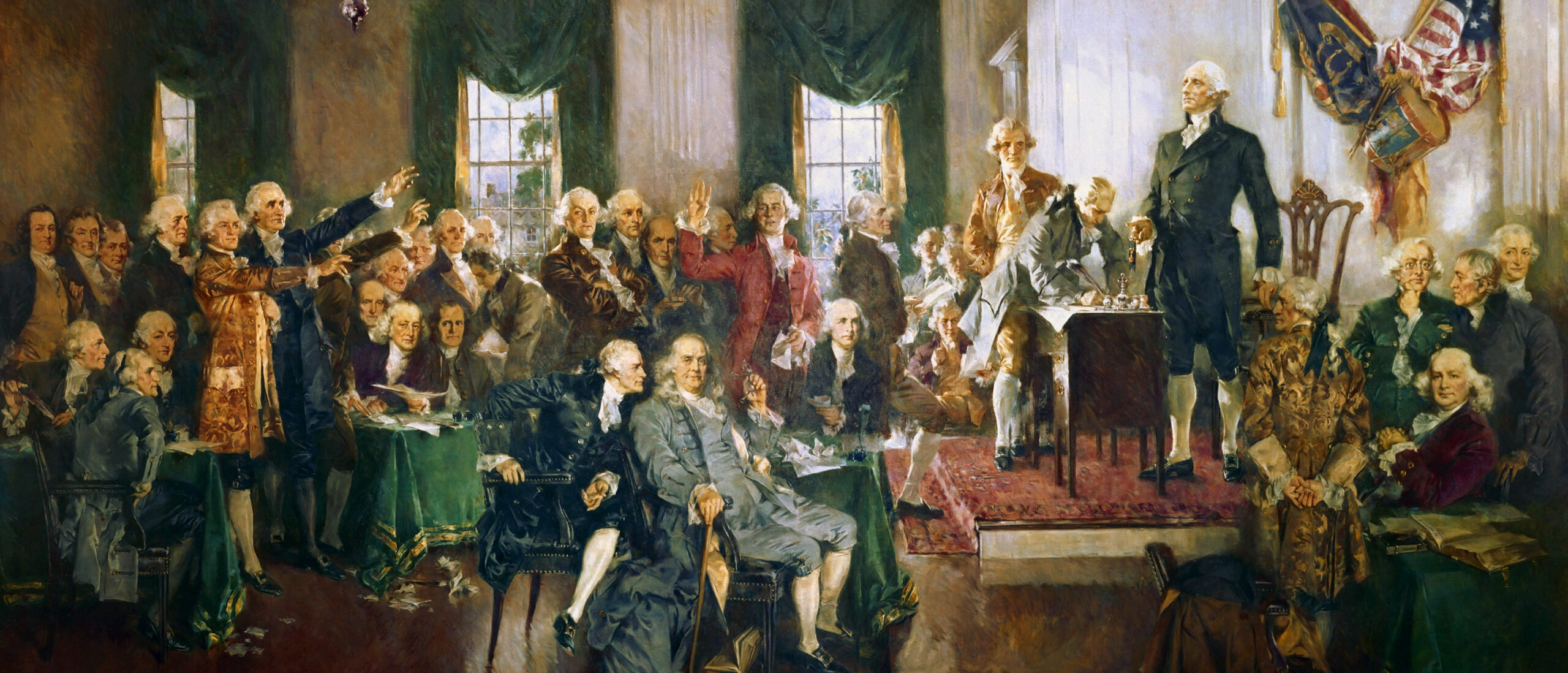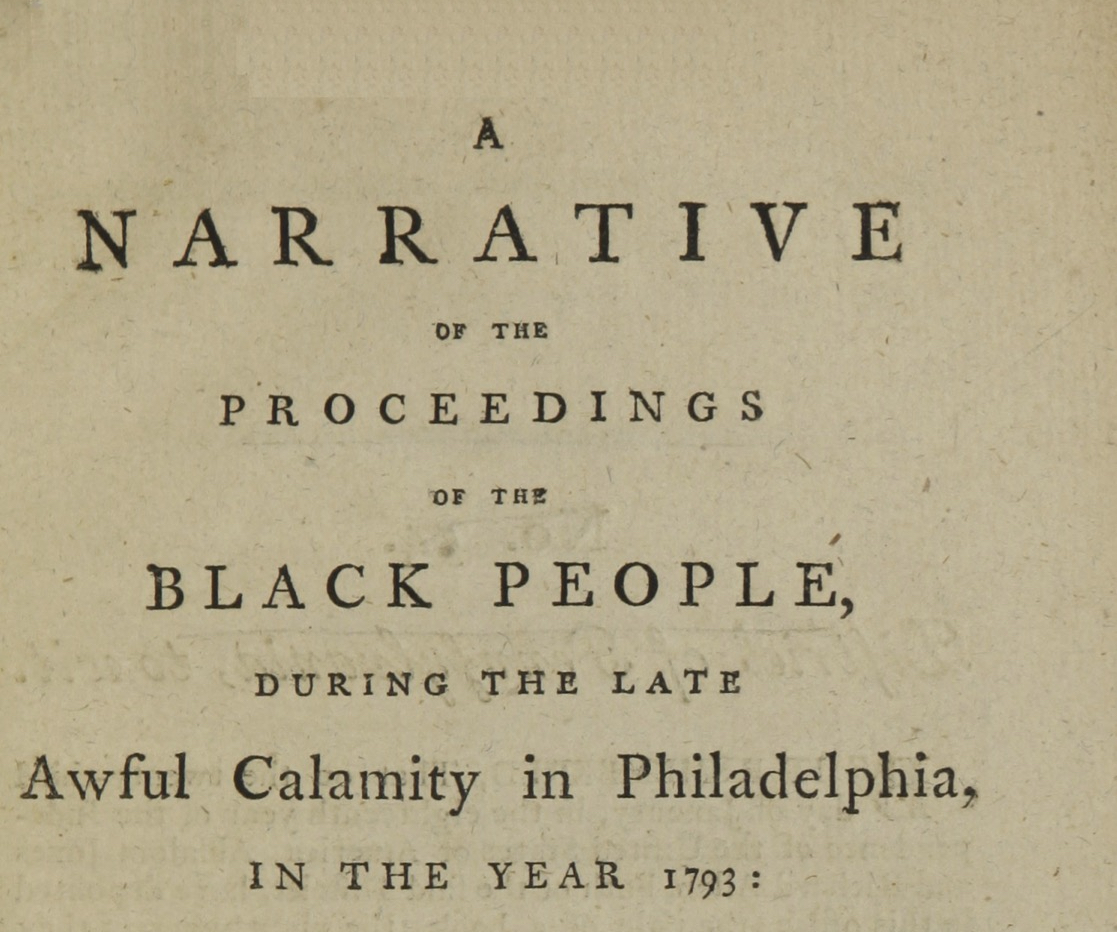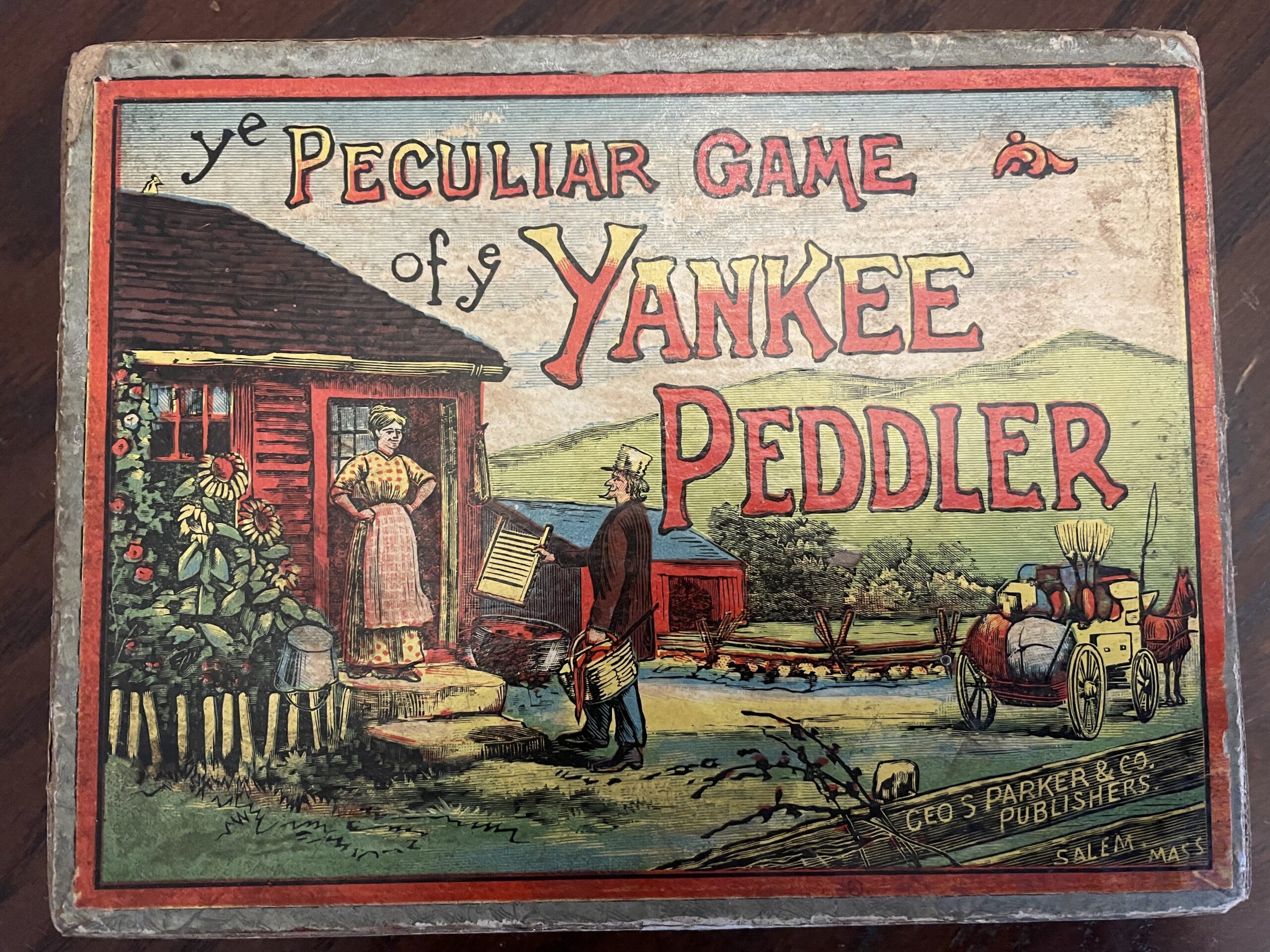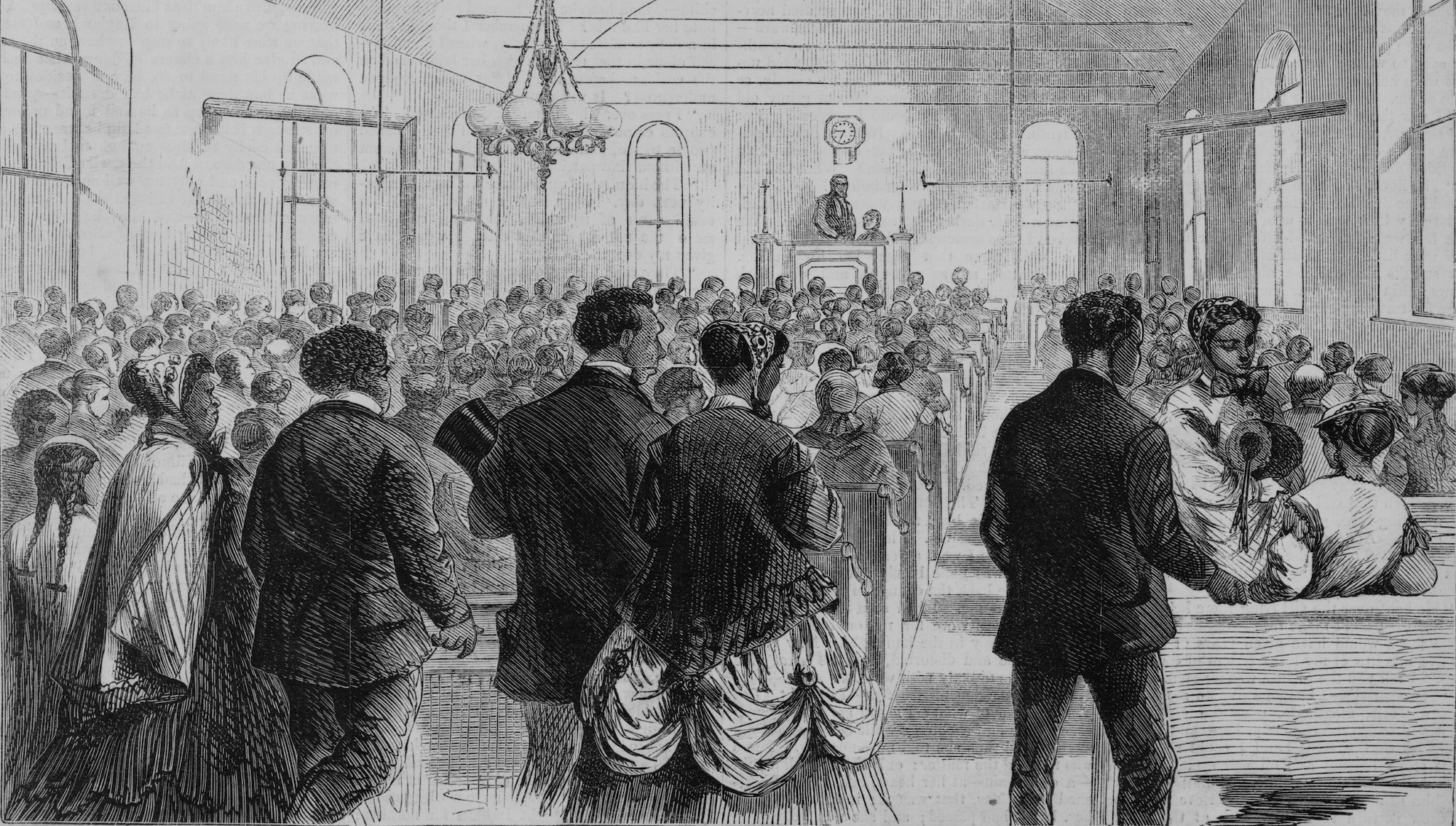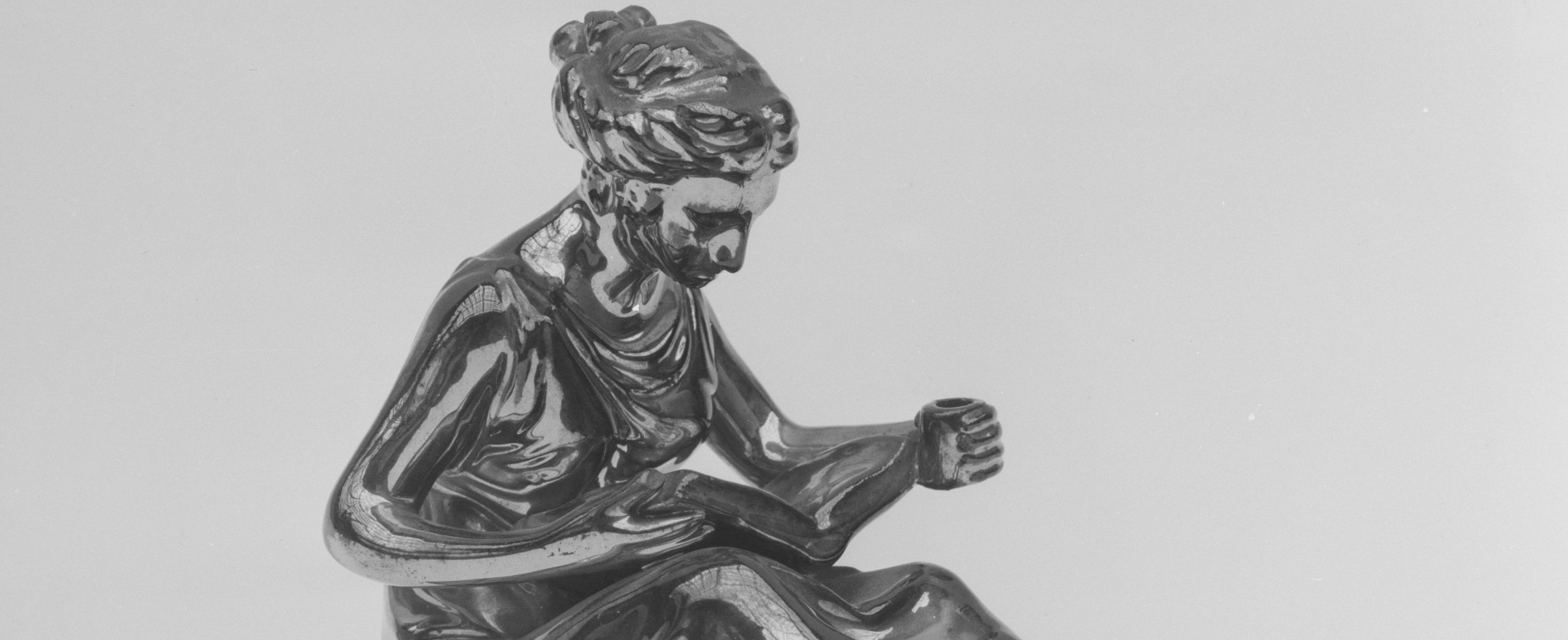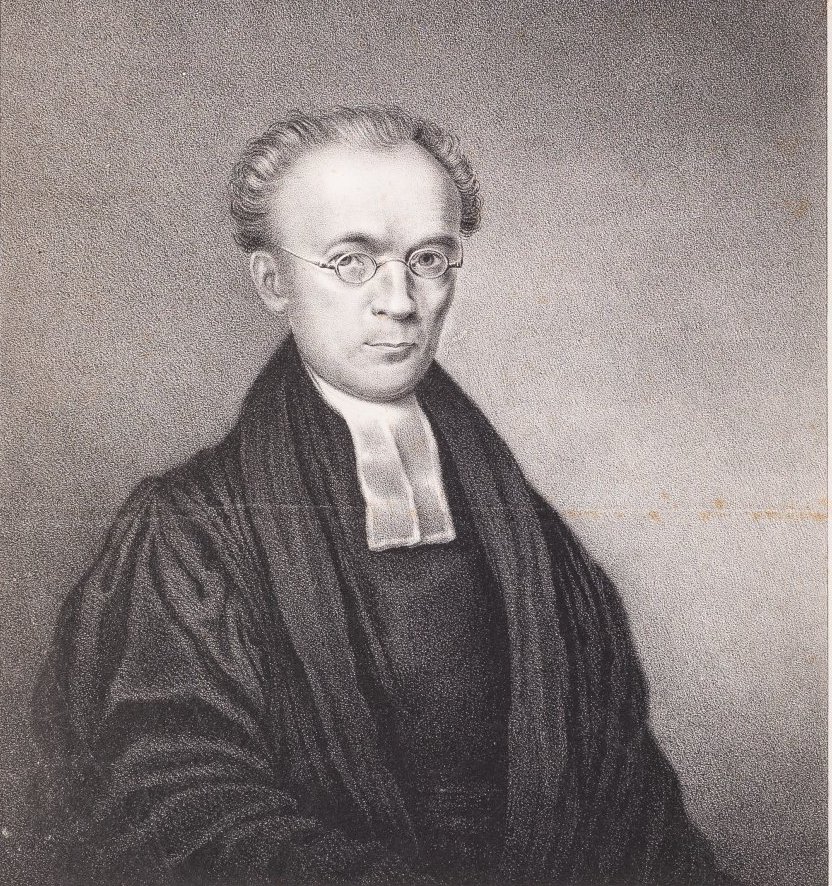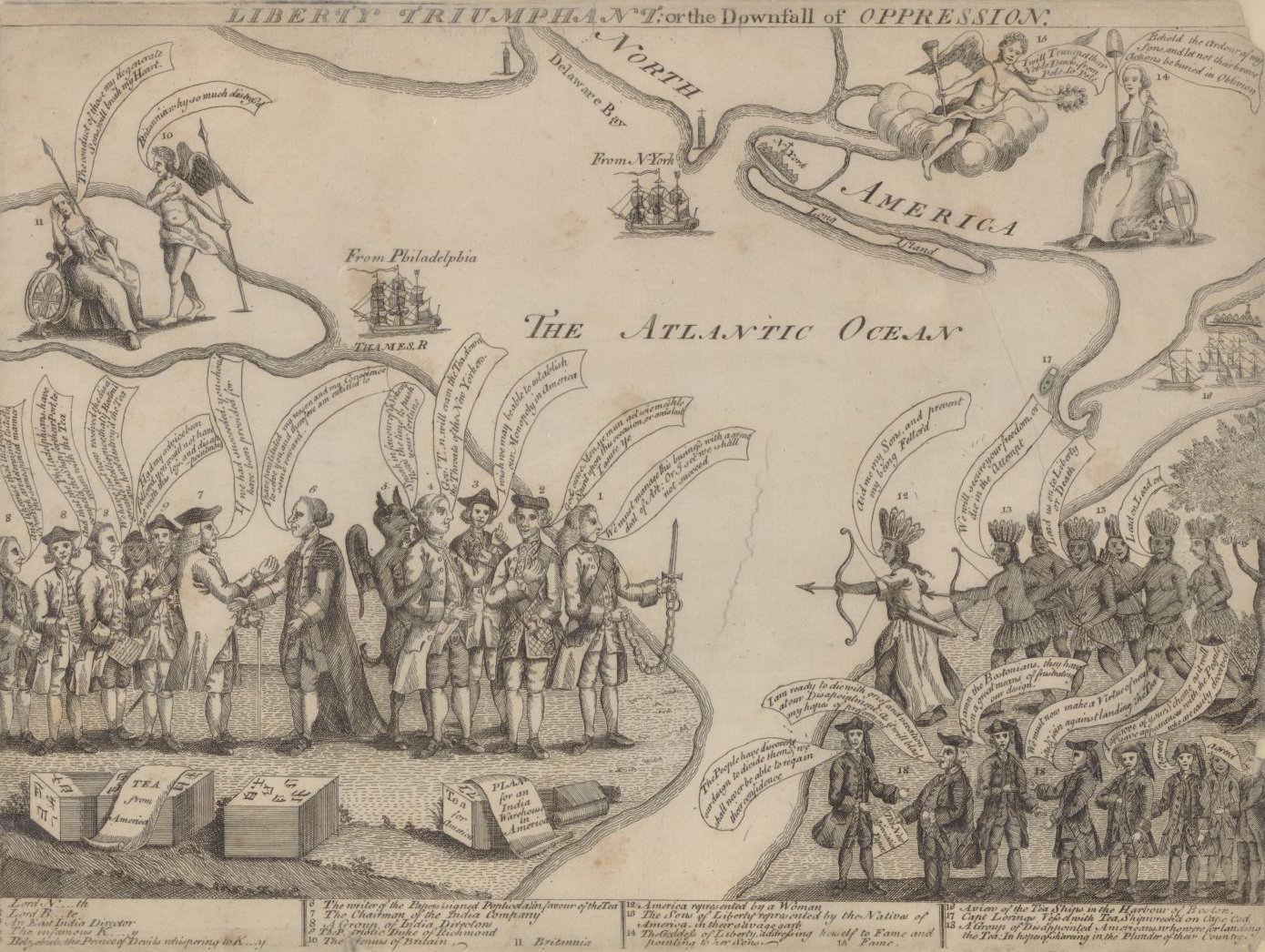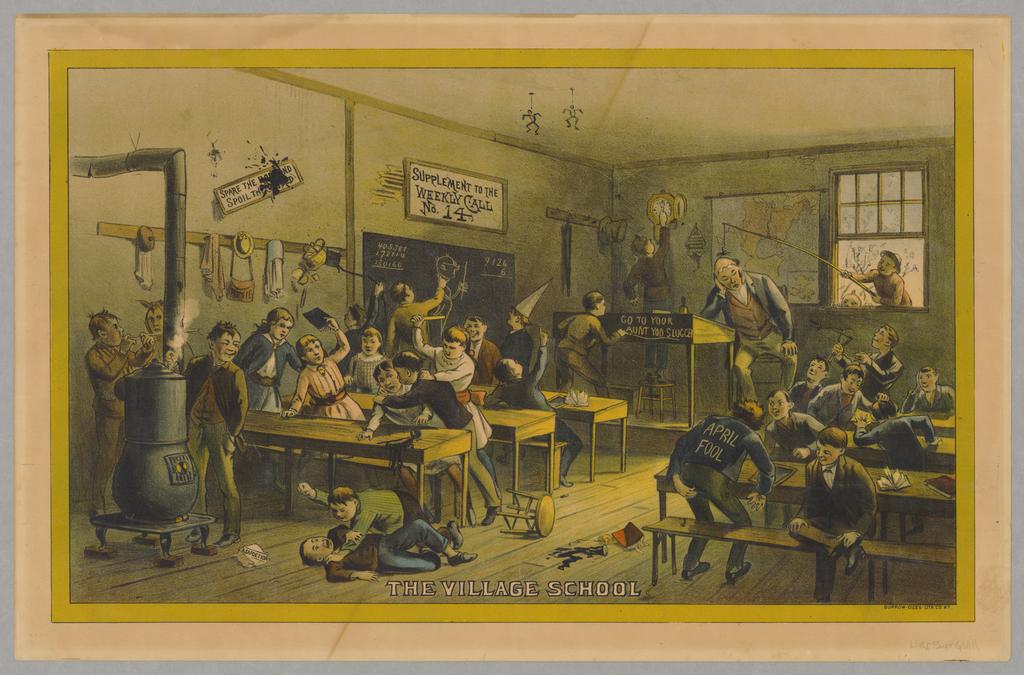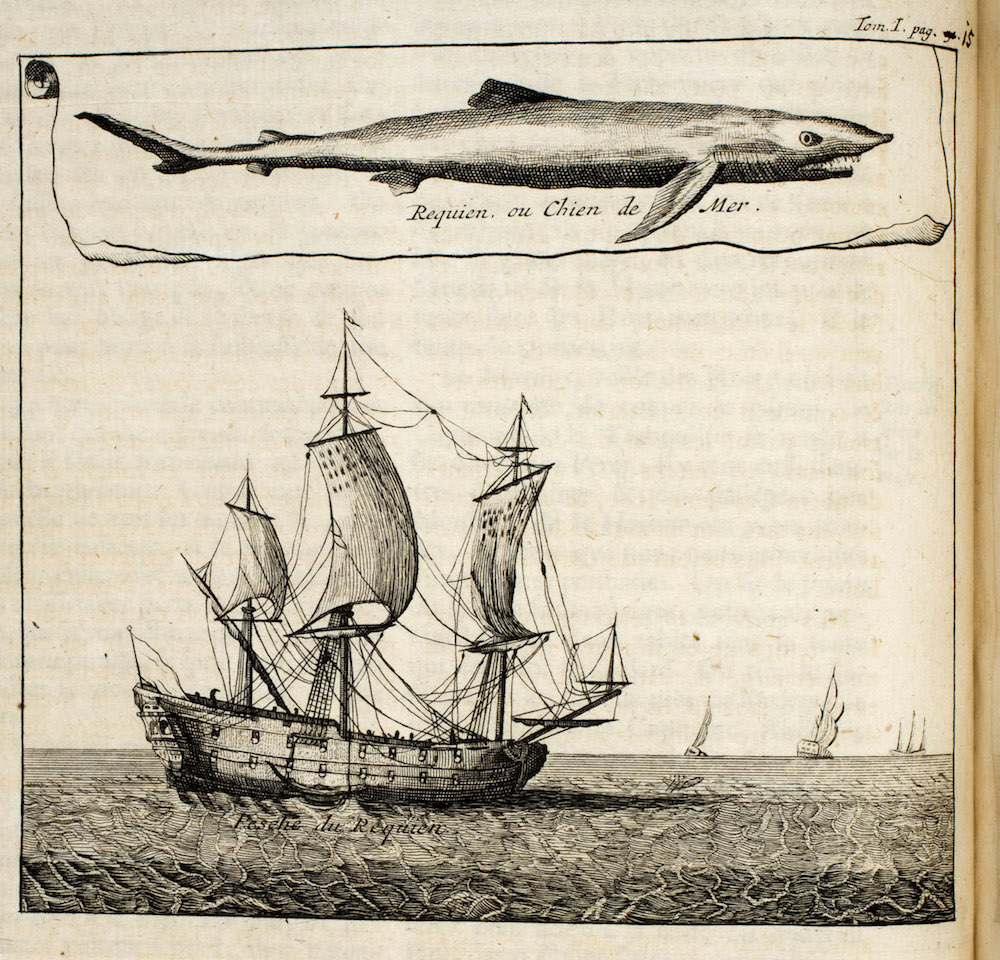Somehow, I got all the way to graduate school without knowing that I am a slow reader. In third grade, Mrs. Bernice Colby put me in the elite Bluebirds group. That was 1973, around the time when Mrs. Marie Colby (no relation, just Iowa) sent me up the hall from the Children’s Room to the main stacks of the Mason City Public Library. I had publicly announced my “thoughts of becoming a historian” the year before—at seven, during my Abe Lincoln period. I would grow up reading my way from one historical fixation to another, oddball stuff teachers didn’t teach. I entered my Marx Brothers phase when Mrs. Colby helped me check out a 475-page tome and Mrs. Colby allowed it for show-and-tell at Jefferson Elementary: Harpo Speaks!
How to Read a Book: The X-Ray Method for Achieving a Sustainable “Book-Life Balance”
This is why you need a plan: to read attentively but efficiently, and sustainably, without surrendering your book-life balance.
Unfortunately, this did not prepare me for “Can the Subaltern Speak?” (by the Marxist-Feminist Gayatri Spivak) . . . or for a weekly load of plowing through three hefty monographs. Reading for obsession had never taken any discipline; time be damned, I soaked in every page. Reading for academia, the damned hours evaporated, as if I did not know how to read at all.
I despaired of surviving coursework and could not envision training students myself someday. But if ever, I dreamed of showing them not just what to read but how to read. How to read and not run out of time. How to read and retain something. Most of all, how to read and have a life. Bibliophiles especially need help with “book-life balance”—a catchphrase popularized in 2017 on Bookriot by Yaika Sabat, then a Master’s student. She and other great minds with the same thought coined a name for what got me through my Ph.D. For going on thirty years now, I’ve been preaching and teaching that philosophy.
My early advisees dubbed the techniques I showed them “the Sandage Method,” but the X-ray Method describes the goal more clearly. Before starting a book, examine its bones and organs, its muscles and ailments. Then make a diagnostic snapshot for easy reference in class discussion or exam preparation. I show every incoming student how to x-ray a book, on day one.
On my first day of grad school, in August 1989, I had never heard of “historiography.” I took no history at all in college, still under the misimpression that it was all dead presidents. (I majored in German by default, keeping up my high school language, but mostly I took English writing courses.) I fell in love with the archives researching my honors thesis on Broadway’s George M. Cohan—Scott’s latest mania—but I had no yen for academia well into my twenties. One night at Kramer Books in Washington, D.C., I picked up Warren Susman’s Culture as History. The cover alone was a revelation. However, I managed just a few pages a day on the subway.
By the time I called Rutgers to inquire if Professor Susman was accepting advisees, the program secretary explained how he had famously dropped dead at a conference. The good news: they had hired a new cultural historian, Jackson Lears. I have never forgotten his exact words after our first meeting: “You seem like you’ll do very well here, if you can avoid the Ph.D. student epidemic of immobilizing self-doubt.”
I felt too ashamed to confess that I was already infected, a carrier in fact. Having lived with depression all my life, I entered therapy at 11, a weepy boy with “school phobia” and archaic fascinations. Going into my second year at Rutgers, I had a major breakdown in the parking lot of a New Jersey diner. I’ve been treated off and on ever since—which itself is one of the layers of privilege that sustain me despite a history of mental illness. Checking some of my privilege by being open is nothing less than a duty. So, it’s not only the first personal thing I share with new students; it frontloads self-care as the explicit context when I shift our conversation to book-life balance.
Back at Rutgers I got all the usual advice. “Just learn to skim.” “Just read the first and last sentence of every paragraph.” “Just read for the argument, not the narrative.” Always a sponge for details, with no conception of historiography, I lagged or lacked focus. My natural pace was around fifteen pages an hour, which I could push to twenty, tops. Another Lears student who easily absorbed sixty pages in that time (she is now a university president) took me under her wing and shared her concise notes. While I scribbled a dozen-plus pages for every book, she never exceeded one typed page. Finally some useable advice! Limiting my notes to the flyleaf, I developed the habit of making my own index, handy at a glance in class discussion. I passed my exams, wrote a dissertation, and entered the market when there were still jobs.
Writing a cultural history of failure as my dissertation felt like destiny and therapy combined. Jackson often said that all history is autobiography, and of all my serial passions, a multiyear obsession with depression was the most personal. Such a perfect topic and such a bummer, yet the dissertation and a tenure-track job came easy: professional good luck built upon historical bad luck. Imposter! Book revisions dragged on for years, the darkest of my life even as I found true love. What saved me was teaching, the inescapable obligation of showing up and learning together. Mrs. Colby and Jackson were just two of many great educators whom I could never repay, except forward, yet I had never entertained any ambition for teaching. Discovering that I’m good at it, I experienced the renewable hope and joy of mentoring others who feel not good enough.
One of my first doctoral advisees, Sonya Barclay, came in better prepared than I had been, but we found much in common. We both grew up gay and bookish in farm country, both working-class and first-generation college grads. Her path had been much harder than mine, and I admired her sunny determination as a nontraditional student who was already older than me. Having put herself through college, earning her B.A. at forty, Sonya started her Ph.D. with family burdens I had never carried. We bonded over words and sentences, emailing nice passages and new vocabulary to each other. Savorers, of course, consequently tend to be slower readers.
Until Sonya wept in my office and begged for help, I had never listed systematically the tricks picked up in grad school or since. I always shared how I had struggled to keep up and recognize arguments. I extolled book-life balance but hadn’t taught it step by step. I had not accepted or fully conceived an actual duty to teach the skills we blithely expect of advanced students, whom we too easily leave to sink or swim under a workload many come in not imagining or expecting.
On the spot, I asked Sonya what was in her book bag. She was lugging around Richard White’s The Middle Ground, kind of afraid to open it. Perfect. I showed her how to make a reading plan.
Richard White is one of those brilliantly accommodating authors who makes his point in his book titles, empowering us to read for argument without too many details. The Middle Ground: Indians, Empires, and Republics in the Great Lakes Region, 1650-1815. Everyone knows that a middle ground is a space for negotiation. Given the where and when in the title, anyone with basic knowledge of early America can guess that the empires are France and Britain. Are the US and indigenous confederacies empires, too, or maybe the titular republics? So this is a study of power, negotiation, and changing players over time. Without opening the cover!
Sonya easily made these educated guesses. Next, we turned to the table of contents. Based on the presumed argument, which might be the key chapters? Chapter two, “The middle ground,” was easy to flag (as was chapter seven, repeating the key phrase in its title). Chapter three, “The fur trade,” named a player not cued by the book title. Chapters five and six, respectively, focused on “republicans” and “empires.” Chapter ten, “Confederacies,” did not echo the book title but confirmed our guess about indigenous alliances. That made half a dozen chapters out of eleven, not to dismiss all the rest, but simply to mark those six as potentially most important.
Long before showing Sonya, I had discovered that a book’s index is a more useful tool before reading than after. We go back to the index to relocate some hazy detail, but certain entries can also preview main topics, themes, and arguments to guide your reading. Scan for abstract nouns more than for proper names, entries listing many pages, and especially multipage ranges. For example, in White’s index, “alliances,” “chiefs,” “gifts,” “middle ground,” “republics,” and “trade goods” (as well as several subtopics under each) identify key sections within chapters.
Again, Sonya easily checked these pages against parts already chosen, merely by inference from the book and chapter titles, to refine her plan for where and what to focus on.
Do you know what discursive footnotes are? Of course you do, as did Sonya: less citations than wordy asides for litigating scholarly debates, interpretations, and arguments. I asked her to flip through every page. (White chose footnotes over endnotes, which academic readers prefer, but for this step endnotes are easier to scan continuously.) Sonya located a big one on page 154, in a chapter that she had not flagged, and several other long, chatty notes that explained debates she (and I) might have lost in White’s compellingly detailed narrative.
After tallying fights picked or points scored in the notes, we checked the acknowledgements for White’s colleagues and friends. Sonya recognized Bill Cronon, Ramon Gutierrez, and others. OK, so Richard White is that kind of historian.
Having her list sections and pages she planned to read, so far, I showed her how I had done that on the flyleaf of my own copy. Book indexes vary in utility, so I make my own—tracking themes I find interesting but don’t find in the printed entries. “Power,” for example, at pages 33-38, 57, 148, and 174-175. The “village world,” at 16, 37, 143, 185, 316, and 413. “Exchange,” at pages 99-103, 116, 128+, 265, and 334. It’s a good habit (and good fun) to index your own obsessions along with the author’s. So is keeping an eye out for one or two pages that sum up the entire book. For me, White does that at pages 456-457 . . . with still nearly 100 pages to go.
The Middle Ground has a four-page epilogue, which I asked Sonya to read right then and there–to test her educated guesses. If you’ve really deduced the key arguments, themes, and threads in the 500 pages of prologue, shouldn’t the epilogue already make some sense? For the first time, Sonya pushed back, one fanatical Sherlock Holmes nerd to another. She said something to the effect that peeking at the last page is cheating. It spoils the surprise that “the butler did it!”
Here again, the book at hand was a perfect teaching tool. Richard White is the rare scholar who enthralls like a novelist; since that day with Sonya, I’ve always used The Middle Ground with all who followed her. Most bookworms honor the taboo that it’s wrong to skip to the end. While a monograph is not a novel, doesn’t it disrespect a renowned stylist like White not to savor his masterpiece word by word, sentence by sentence, page by page, chapter by chapter? Maybe, but no more so than not finishing a great book at all, reading it like we learned in third grade.
The bane of grad students (and all harried lovers of serious nonfiction) is running out of time without getting to what’s most important. That’s a common if secret shame when you’re trying to digest three doorstops a week. Relearning how to read, under pressure, means getting what you (and nobody else) need most from this book. To do that consistently, you must plan before you scan.
A good plan has two parts. First, make a list (in pencil) of all pages you will read, adjusting it step by step. Second, and most important, be realistic about the maximum amount of time you can give to this book. Being realistic means respecting your daily rituals and the relationships that keep you happy and functional. Rather than get only as far as you can before running out of time, you have made a plan to read what you decide are the most important parts, within a preset time limit that respects yourself as much as the author. This is why you need a plan: to read attentively but efficiently, and sustainably, without surrendering your book-life balance.
There is one more catch: your limit must include time for taking notes. For my grad classes and advisees preparing for exams, I prescribe a strict one-page template. Start with the complete Chicago-style citation, the main argument(s) in your own words, historiographical keywords from relevant debates, and names of a few scholars or books in dialogue with this one. Then list all chapter titles, but take notes (including key pages and brief quotations) only on sections you actually read. The goal of making a concise, easily reviewable record of what you consider most useful in this book—and doing so within the time set aside for reading—is to avoid taking too many notes or procrastinating note-taking and having to reread.
Following these steps, Sonya read The Middle Ground with time to spare. Characteristically, she made a fun handout explaining them in her own way: “The Butler Did It: The Sandage Method of Devouring the Book.” Who knew I had a method? Not me, until dear Sonya inspired me to articulate and ritualize it with my new advisees. She embraced it as self-care and self-help, not just study help. “This method will help you,” she promised from experience, “to survive graduate school reading without undue stress.” Ironically, Sonya herself survived just barely.
She read the books, passed her exams, and wrote her dissertation: a lyrical meditation on how class identity looks and feels different in the countryside. She walked miles around the county where she was born and raised, using old plat maps to relocate ghost farms described in her tax records and estate inventories. She needed to see the topography for herself, to visualize the layout of homeplace and outbuildings. Where she could find no other trace, she extrapolated lost sites and features by uncovering the family graveyard. In her shoulder bag, Sonya carried tulip bulbs to plant for the dead. Imagine leaving spring colors to mark your research path.
Defended in May 2008, “Reading the Social Landscape: A Lexicon of Rural Class in Western Pennsylvania, 1790-1860” has never been published, nor did Dr. Sonya Marie Barclay, Ph.D., go on to the career she deserved.
She adjuncted that fall at Carnegie Mellon, as an award winning and beloved instructor. Between the final class and crush of final grading, we made a date to edit her CV and job cover letters. I was in my office at the appointed time when she called from an emergency room. It was December 10, 2008, a Wednesday morning. Her tests revealed uterine cancer, stage four. Sonya insisted on completing her grading in the hospital bed where she died two weeks later, on Christmas Day. We who loved her came to believe she had ignored early symptoms in her drive to defend her dissertation, six months before we lost her.
Sonya remains a legend to doctoral students who never knew her, because her handout “The Butler Did It” still circulates around their cubicles at CMU–and beyond. An alumnus three years behind Sonya, Professor Lee Vinsel at Virginia Tech, had used it with his own advisees for years before sending it viral on (the platform formerly known as) Twitter in August 2019.
When I was a PhD student, the “Sandage Method” for reading in graduate school was handed around samizdat style. Put together by a grad student without @ScottSandage‘s permission, I think, it’s now something I give to all my grad students. Mine is a copy of a copy of a copy of a pic.twitter.com/VSixDluoC5
— Lee Vinsel (@STS_News) August 28, 2019
Lee prompted me to write up “the Sandage Method” myself finally. Later refinements made for a round ten steps. I took to calling it “The X-Ray Method” as a technique for seeing through a book, examining its skeleton before you decide how you will read it, within the realistic time available. Recent advisees dubbed their one-page book notes “x-rays.” Diagnose before you read a book, then make a snapshot record of it.
It makes me happy that a single page may be my most read piece of writing. Lee Vinsel or I have reposted my handout with Sonya’s annually, to start each academic year. Retweets have made me feel like a “Bluebird” again, fifty years after I first discovered the joy of serious reading. I prod advisees not to lose that feeling, as I nearly did. Books keep piling up and oppressing us. Too many we have to read get stacked atop ones we want to read. The last things I tell students on day one are that not all books can or should be read this way, and that the glorious choice to savor any particular volume still belongs to them alone.
The x-ray method is most of all a tool for restoring and maintaining book-life balance. Book by book, you can take back your time and decide for yourself. Learning to read more efficiently—and sustainably—can even empower you to read joyously again. And obsessively, for those of us who are so inclined.
Further Reading
Sonya Marie Barclay, “Reading the Social Landscape: A Lexicon of Rural Class in Western Pennsylvania, 1790-1860,” Ph.D. diss., Carnegie Mellon University, 2008.
Harpo Marx with Rowland Barber, Harpo Speaks! (New York: Bernard Geis Associates, 1961).
Gayatri Chakravorty Spivak, “Can the Subaltern Speak?” in Cary Nelson and Lawrence Grossberg, eds., Marxism and the Interpretation of Culture (Urbana: University of Illinois Press, 1988), 271-313.
Yaika Sabat, “On Finding Book-Life Balance,” Book Riot, October 6, 2023, https://bookriot.com/finding-book-life-balance/.
Warren I. Susman, Culture as History: The Transformation of American Society in the Twentieth Century (New York: Pantheon Books, 1984).
Richard White, The Middle Ground: Indians, Empires, and Republics in the Great Lakes Region, 1650-1815 (Cambridge: Cambridge University Press, 1991).
This article originally appeared in November 2023.
Scott A. Sandage is the author of Born Losers: A History of Failure in America (Harvard University Press, 2005) and is currently obsessed with writing Laughing Buffalo in Paris: A Tall Tale from the Half-Breed Rez, a six-generation saga of Métis-Omaha families in Nebraska. An Associate Professor of History at Carnegie Mellon University in Pittsburgh, Pennsylvania, he and his husband of twenty-three years live happily in a house they are trying to rid of unread books.




